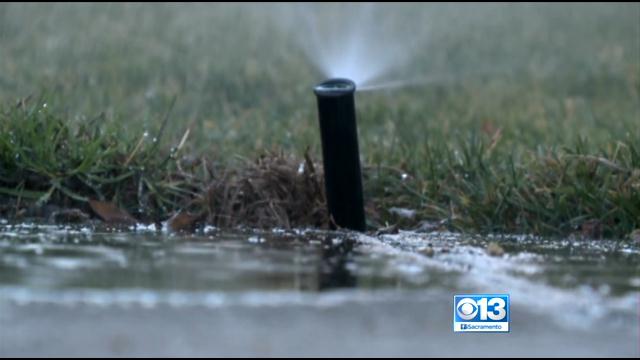-
Tips for becoming a good boxer - November 6, 2020
-
7 expert tips for making your hens night a memorable one - November 6, 2020
-
5 reasons to host your Christmas party on a cruise boat - November 6, 2020
-
What to do when you’re charged with a crime - November 6, 2020
-
Should you get one or multiple dogs? Here’s all you need to know - November 3, 2020
-
A Guide: How to Build Your Very Own Magic Mirror - February 14, 2019
-
Our Top Inspirational Baseball Stars - November 24, 2018
-
Five Tech Tools That Will Help You Turn Your Blog into a Business - November 24, 2018
-
How to Indulge on Vacation without Expanding Your Waist - November 9, 2018
-
5 Strategies for Businesses to Appeal to Today’s Increasingly Mobile-Crazed Customers - November 9, 2018
California Says Water Use Fell by 27 Percent in June
Despite being the hottest June on record, Californias urban water suppliers exceeded the statewide conservation goal, saving 59.4 billion gallons (182,151 acre-feet), as compared to the same time in 2013. With 600,000 acres of farmland expected to be fallowed this year, a 30 percent increase over 2014, the existing water restrictions could result in over 23,000 farm-related jobs lost and a potential $5.7 billion economic hit this year.
Advertisement
The agencies that met or came within 1 per cent of their mandatory water conservation target serve 27 million Californians.
Californians must cumulatively reduce water use by at least 25 percent between June and February as compared to the same months in 2013, under rules adopted by the water board in response to the drought.
San Francisco reported saving 20 percent after it was given just an 8 percent conservation target because it has one of California’s lowest per-capita water use rates.
– city of San Diego, 24 percent.
The East Bay Municipal Utility District, serving more than a million customers east of San Francisco, said it saved 31 percent in June, nearly double its target.
The water board is separately telling thousands of farmers that there is not enough water available to divert from rivers and streams under their rights.
The council pointed out more than 41% of the state’s irrigated farmlands had already received deep cuts, and the situation for food producers could get even worse with lawmakers debating the curtailment of groundwater rights, some established as far back as 1914.
At a hearing Thursday, Sacramento Superior Court Judge Shelleyanne Chang said she believes the state’s revised approach to warning farmers of insufficient supplies is legal.
Summer is peak water use season, and strong residential conservation could continue through July because of record rainfall in Southern California.
The water board said it will contact every agency that didn’t come close to its targets and ask for more information about what it’s doing to conserve. Agencies that don’t meet targets face fines and state-ordered conservation measures such as a limit on how many days a week residents can water lawns.
Advertisement
Meteorologists say a wet California winter is increasingly likely as a strong El Nino condition builds in the Pacific Ocean, although it’s unclear if it will be a drought-buster.





























